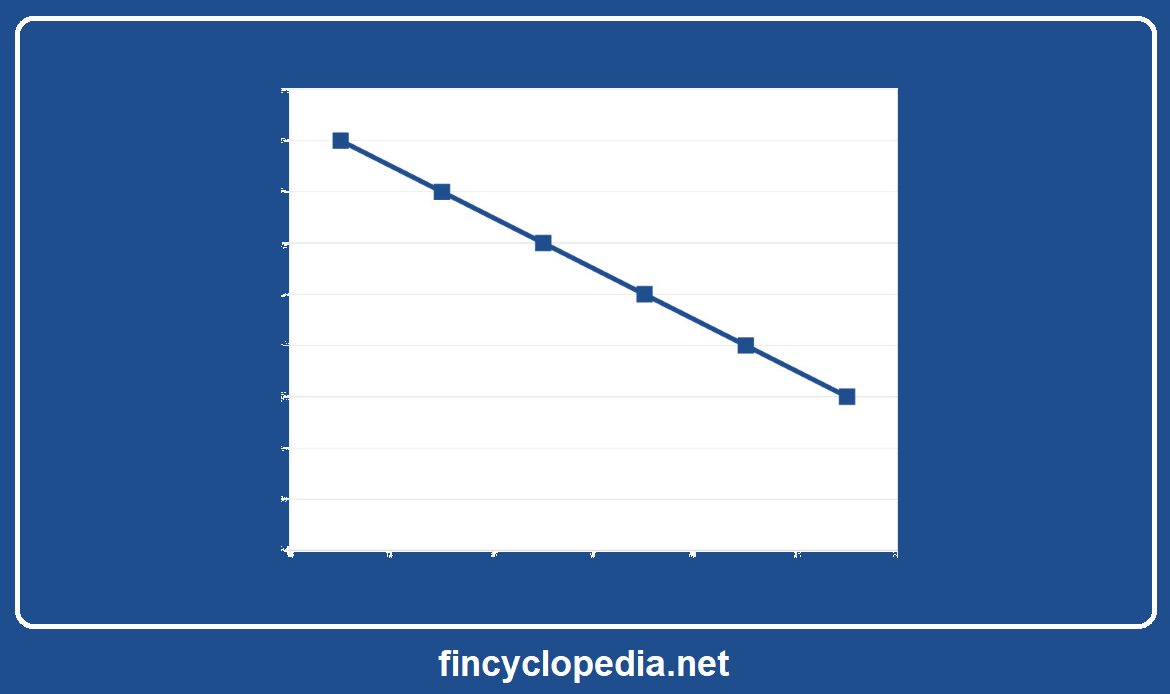A category of cots/ expenses (operating expenses/ OpEx) that do not proportionally change in a direct manner to changing levels of operations/ activities/ production. These costs remain constant at a certain operational level, and beyond which these costs start to change (i.e., increase or decrease). In other words, these costs do not change steadily with changes in activity level, but rather at discrete points over time.
These expenses are fixed for a certain range of activity, but will increase or decrease beyond a certain threshold level. Stair step cost (or stepped cost) reflects the behavior of the total cost of an operation/ activity at various levels.
An example of stair step costs is a company that produces a certain product, deploying the machinery, production staff and workplace to produce a certain number of it per year (e.g., 20,000). If an order arrives requesting it to produce 30,000 per year for a period of three years. The company will start to incur stair step costs to account for the new production level. To that end, it requires to deploy additional machinery, personnel and plant as an additional cost per year. This additional cost reflects the stair step cost.
Stair-step costs are also known as step costs or often as step-variable cost or a step-fixed cost.




